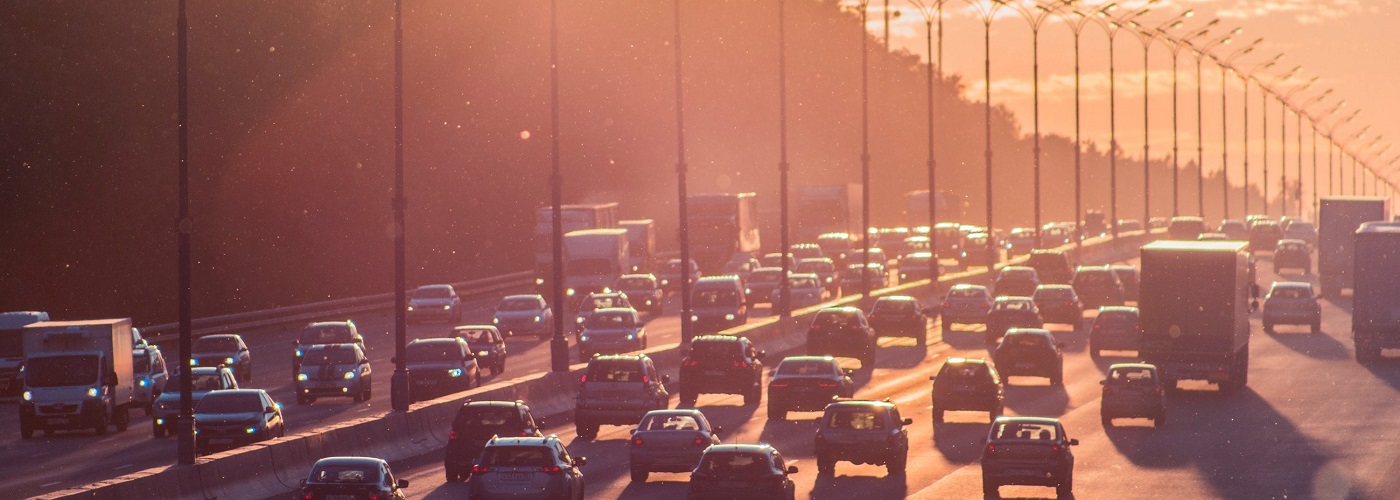

As the deadly coronavirus (COVID-19) continues to wreak havoc on
many aspects of daily life across the globe, from the unfortunate
climbing toll to human lives, to job loss, to the declining financial
markets, there is at least some “silver lining” to this new
reality for the environment. With the decrease in human travel and
“stay at home” orders in many parts of the world, a noticeable
improvement in air quality has been the result.
This
improvement in air quality is significant enough that it is not only
being observed at ground-based measuring stations, but even from
weather satellites orbiting the Earth. The first country hit by the
COVID-19 pandemic, China was the first to show the marked decline in
pollution, especially in nitrogen dioxide (NO2) levels, a chemical
released from the burning of fossil fuels. Data from the
European Space Agency’s Sentinel-5P satellite showed a decrease of
up to 30% for NO2 and particulate matter between January and
February, 2020.
Another product of fossil fuel burning, the
greenhouse gas carbon dioxide (CO2) also showed a marked decline in
many areas, including the San Francisco Bay Area, where a 10%
decrease in CO2 levels was measured from February to March, 2020.
Decreases in carbon monoxide, particulate matter, NO2, and black
carbon were also measured in this same region.
Of course this decrease in pollution
levels will likely only be temporary. As the relatively short-term
COVID-19 crisis eventually wanes, the long-term global issue of
climate change and CO2 emissions will still remain a problem.
Hopefully, the economic downturn from the coronavirus pandemic won't
stall worldwide efforts to switch to renewable energy too long, when
every passing year counts on the path to mitigating climate change.